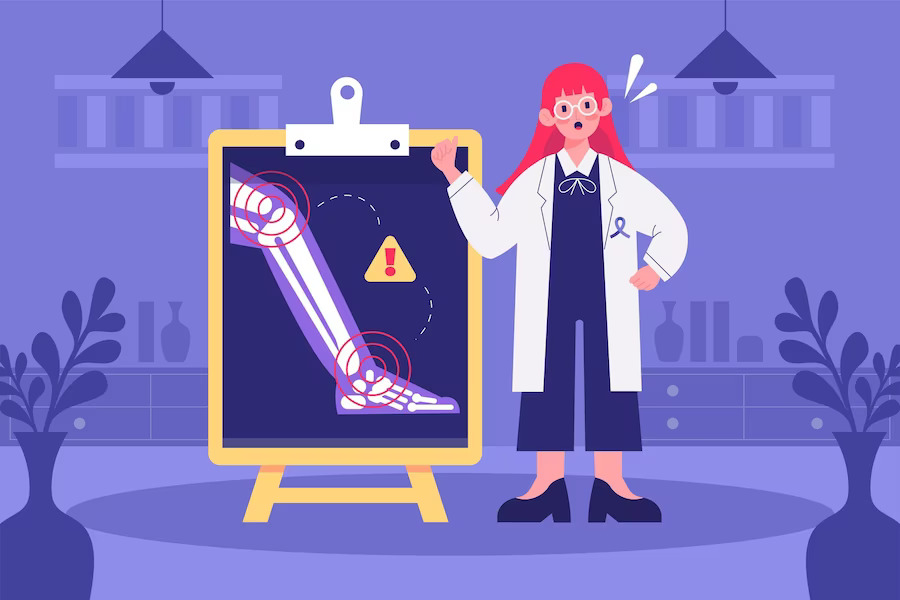Bone marrow transplant, also known as hematopoietic stem cell transplant, is a medical procedure that has revolutionized the treatment of various life-threatening conditions, particularly those related to the blood and immune system. This remarkable medical intervention has offered hope to countless individuals facing diseases like leukemia, lymphoma, and certain genetic disorders. In this comprehensive guide, we will delve into the types of bone marrow transplants, the methods employed, and the associated risks to provide you with a deeper understanding of this life-saving procedure.
Types of Bone Marrow Transplants
1.Autologous Bone Marrow Transplant:
- In an autologous transplant, a patient’s own stem cells are harvested and stored before undergoing high-dose chemotherapy or radiation therapy.
- After the treatment, the stored stem cells are reintroduced into the patient’s body to help regenerate healthy blood cells.
- This type of transplant is commonly used in treating diseases like multiple myeloma and certain lymphomas.
2.Allogeneic Bone Marrow Transplant:
- In an allogeneic transplant, stem cells are obtained from a donor, typically a family member or unrelated matched donor.
- This procedure is used when the patient’s own stem cells are damaged or when the goal is to replace the immune system.
- Allogeneic transplants are employed in treating conditions like leukemia, severe aplastic anemia, and genetic disorders.
3.Syngeneic Bone Marrow Transplant:
- A syngeneic transplant is a specialized form of allogeneic transplant where the donor is an identical twin.
- Because identical twins share the same genetic makeup, there is no risk of graft-versus-host disease (GVHD), a common complication in allogeneic transplants.
- Syngeneic transplants are rare but offer a unique advantage in certain cases.
Methods of Bone Marrow Transplantation
1.Peripheral Blood Stem Cell Transplantation (PBSCT):
- In PBSCT, stem cells are collected from the bloodstream through a process called apheresis.
- This method has become increasingly common because it is less invasive than traditional bone marrow harvesting.
- It allows for a quicker recovery and fewer complications for both the donor and recipient.
2.Bone Marrow Harvest:
- Traditional bone marrow harvesting involves extracting marrow from the hipbone using a needle and syringe.
- While this method can be more uncomfortable for the donor and requires anesthesia, it is still utilized when peripheral blood stem cell collection is not suitable.
3.Umbilical Cord Blood Transplantation:
- Cord blood, collected from the umbilical cord and placenta after childbirth, contains valuable stem cells.
- Cord blood transplants are often used when a suitable adult donor is not available, making them a valuable resource in pediatric cases.
Risks Associated with Bone Marrow Transplant
While bone marrow transplants offer significant hope for patients with life-threatening conditions, they are not without risks. It’s essential to understand and weigh these potential risks when considering the procedure:
1.Graft-versus-Host Disease (GVHD):
- A common complication in allogeneic transplants, GVHD occurs when the donor’s immune cells attack the recipient’s tissues.
- GVHD can range from mild to severe and may affect the skin, liver, and gastrointestinal tract.
- Immunosuppressive medications are used to manage GVHD, but it remains a significant concern.
3.Infection:
- Patients undergoing bone marrow transplants are highly susceptible to infections due to the weakening of the immune system.
- Strict infection control measures are crucial during and after the transplant to minimize the risk of life-threatening infections.
4.Graft Failure:
- In some cases, the transplanted stem cells may not engraft properly, resulting in graft failure.
- This can lead to a lack of production of healthy blood cells and may require further treatment or a second transplant.
5.Organ Damage:
- The high-dose chemotherapy or radiation therapy used before transplant can damage vital organs such as the heart, lungs, and liver.
- Monitoring and managing organ function are essential to minimize these risks.
6.Long-term Complications:
- Patients who undergo bone marrow transplants may face long-term complications, including infertility, secondary cancers, and chronic health issues.
- Regular follow-up and surveillance are crucial to addressing these potential concerns.
Conclusion
Bone marrow transplant is a transformative medical procedure that has saved countless lives. Understanding the types of transplants, the methods employed, and the associated risks is essential for patients and their families considering this treatment option. While there are inherent risks, the potential for a successful outcome and a second chance at life makes bone marrow transplantation a beacon of hope for those facing life-threatening blood and immune system disorders. Consultation with a medical professional experienced in bone marrow transplantation is crucial to making informed decisions and ensuring the best possible outcome for patients.

